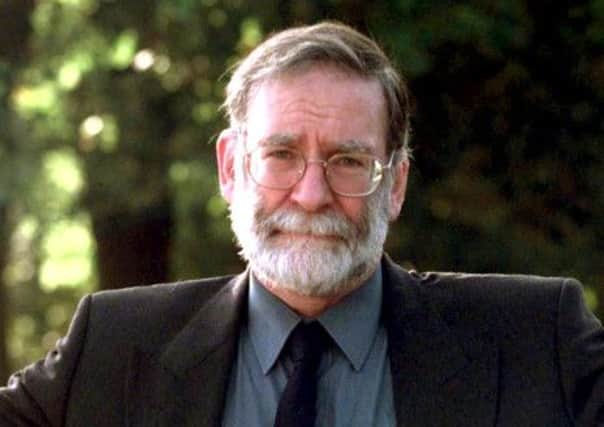Remains of Shipman victims ‘respectfully disposed of’ it is revealed


The killer doctor, who committed suicide in January 2004, was the UK’s most prolific convicted serial killer, jailed for life in 2000 for murdering 15 patients using the drug Diamorphine while working in Hyde, Greater Manchester.
A subsequent inquiry concluded he killed between 215 and 260 people over a 23-year period in Hyde and Todmorden, where he had joined the group practice then based at the Abraham Ormerod Centre, Todmorden, which he left and faced a criminal trial after he was discovered to be forging prescriptions to obtain the drug pethidine. He committed suicide in January 2004.
Advertisement
Hide AdAdvertisement
Hide AdNine of the Hyde victims were exhumed and three other victims who were not in the court case were also exhumed, the Manchester Evening News has reported.
They were kept in storage for a number of years to ensure that police had the appropriate evidence should the murderer or his family appeal against his conviction.
Police said that some human tissue was retained as evidence until a meeting in October 2007 when police decided to hold on to the samples for another five years.
Three years on a series of meetings were held after all forces were asked to conduct a review of all human tissue and samples, police said.
Advertisement
Hide AdAdvertisement
Hide AdA force spokeswoman said that since there had been no legal challenges, the decision was taken to “respectfully dispose” of the human tissue in February 2011.
Greater Manchester Police chief constable Sir Peter Fahy said officers “agonised” over whether or not to tell the families but decided not to, to save them reliving “upset and distress”.
The remains belonged to Hyde victims Kathleen Grundy, Joan Melia, Winifred Mellor, Bianka Pomfret, Ivy Lomas, Marie Quinn, Irene Turner, Jean Lilley, Muriel Grimshaw, Alice Kitchen, Elizabeth Mellor and Sally Ashworth, the Manchester Evening News reported.
Sir Peter Fahy said: “This was not a decision that we took lightly, in fact it was a decision that we agonised over for a number of months with a number of independent advisory groups, partner agencies and other professionals. I would hope that the public would understand that this was a very difficult decision for us to make but I want to assure people that we made this decision for the right reasons.
Advertisement
Hide AdAdvertisement
Hide Ad“It was never our intention to cause the families any pain or distress. These families had not only experienced the upset of losing a family member but had had to relive it in the glare of the media and the public time and time again - that is something that most people will thankfully never have to experience.
“A number of years had passed since the trial and Shipman’s death and was it right for us to cause even more upset and distress by making the families relive this yet again?
“No part of any murder investigation is simple and every decision is made with the best of intentions; how much should we tell families? How much do they want to know? The facts of any such case are distressing enough but do we add to this with even more detail? These are questions that officers are faced with on a daily basis.
“As soon as we knew that a journalist had become aware of this, specially trained officers visited all of the families involved and fully explained our rationale which they all took on board and fully understood. We now continue to support these families as they are now forced to relive the hurt and upset yet again.”